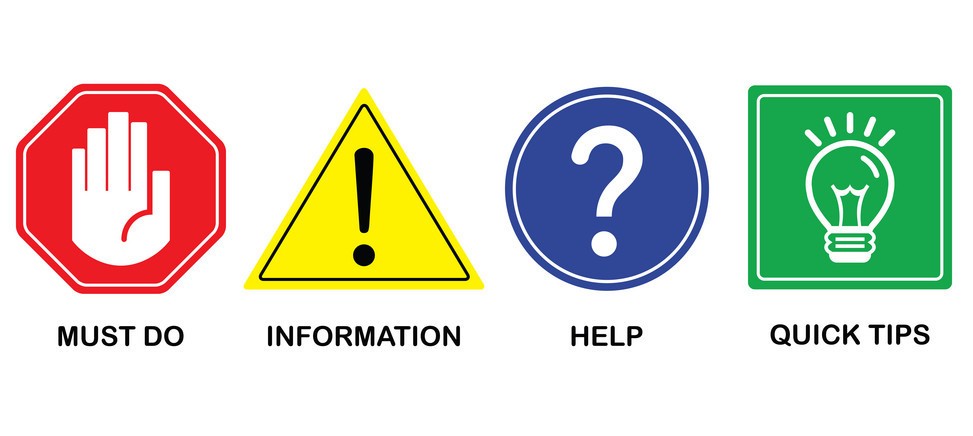Software user guides are essential for helping users understand and effectively use software applications. A well-written user guide can significantly improve user satisfaction, reduce support requests, and ultimately drive adoption of your software. This guide provides a comprehensive overview of How To Write A User Guide For Software that is both informative and user-friendly.
Key Takeaways:
- A software user guide facilitates understanding and efficient utilization of the software’s features.
- Effective guides use clear, concise language, visual aids, and a logical structure.
- Gathering and incorporating user feedback is crucial for ongoing improvement and relevance.
- Tools like Component Content Management Systems (CCMS) streamline the creation, management, and distribution of user guides.
What is a Software User Guide?
A software user guide is a document, either digital or printed, that provides instructions and explanations to help users understand and use a specific software application. It serves as a reference manual, answering common questions, explaining features, and guiding users through various tasks. Think of it as a roadmap to navigate and master the software. A good user guide will walk you through how to start the program, explain the function of each feature and button, and teach you how to maximize the software’s potential.
These manuals are often found online, within the software itself, or as separate downloadable documents. They typically include a table of contents or a search function, allowing users to quickly find the information they need.
Key Characteristics of an Effective Software User Guide
A successful software user guide possesses several essential characteristics that contribute to its overall effectiveness. Here are the top 10 elements to consider when crafting your guide:
- Clarity and Simplicity: Use simple language and avoid technical jargon whenever possible. Explain complex concepts in a way that is easy to understand, even for novice users.
- Visual Aids: Incorporate screenshots, diagrams, and videos to illustrate key concepts and procedures. Visuals can greatly enhance understanding and make the guide more engaging.
- Step-by-Step Instructions: Provide clear, concise, step-by-step instructions for performing common tasks. Break down complex processes into manageable steps.
- FAQ Section: Include a Frequently Asked Questions (FAQ) section to address common issues and provide quick solutions to common problems.
- Search Functionality: If the guide is digital, ensure it has a robust search function that allows users to quickly find the information they need.
- Real-World Examples: Use real-world examples and scenarios to illustrate how the software can be used in different situations.
- Tips and Tricks: Offer helpful tips and tricks to enhance user productivity and efficiency.
- Feedback Mechanism: Provide a mechanism for users to provide feedback on the guide. This feedback can be used to improve the guide over time.
- Logical Layout and Organization: Organize the guide in a logical and intuitive manner, with clear headings, subheadings, and bullet points.
- Symbol Definitions: Explain any special symbols used in the guide.
Creating a User Guide for Software: A Step-by-Step Approach
Creating an effective software user guide requires careful planning and execution. Here’s a ten-step approach to guide you through the process:
1. Understand Your Target Audience
Before you begin writing, take the time to understand your target audience. Are they beginners, intermediate users, or experts? What are their specific needs and goals? Tailor the language, content, and level of detail to your audience.
2. Identify Key Problems and Solutions
Determine the main problems or challenges that your software addresses. The user guide should clearly demonstrate how the software can solve these problems and simplify tasks for the user.
3. Deconstruct the Software’s Features
Break down each feature of the software into individual steps. Use a Component Content Management System (CCMS) to organize and manage these steps. This ensures clarity and accuracy throughout the guide.
4. Integrate Visual Elements
Include screenshots, diagrams, and videos to illustrate key concepts and procedures. A CCMS can help you store, label, and easily retrieve these images, ensuring consistency throughout the guide.
5. Write Concisely
Keep your language simple, using short, clear sentences. When you must use technical terms, provide simple explanations.
6. Conduct User Testing
Test the guide with representative users. Observe their interactions with the software and the guide, and identify areas where they struggle or have questions.
7. Prioritize Organization
Develop a table of contents or index for simple navigation and group related topics together. A CCMS facilitates restructuring and reordering content, ensuring a logical flow.
8. Solicit Feedback from Users
Request feedback from users after they have used the guide. Use this feedback to improve and refine the guide further.
9. Maintain Consistent Updates
Update your user guide when software updates are released. This will ensure that the guide always contains accurate and up-to-date information.
10. Focus on Appealing Design
Ensure that your guide is visually appealing with appropriate headings, bullet points, and white space. This makes the guide easier and more pleasant to read.
Empowering Users Through Effective Documentation
A well-crafted software user guide is more than just a document; it’s a tool that empowers users to unlock the full potential of your software. By following the principles outlined in this guide, you can create a user guide that is informative, user-friendly, and ultimately contributes to the success of your software. Remember to prioritize clarity, visual aids, and user feedback to ensure your guide truly resonates with your audience.
